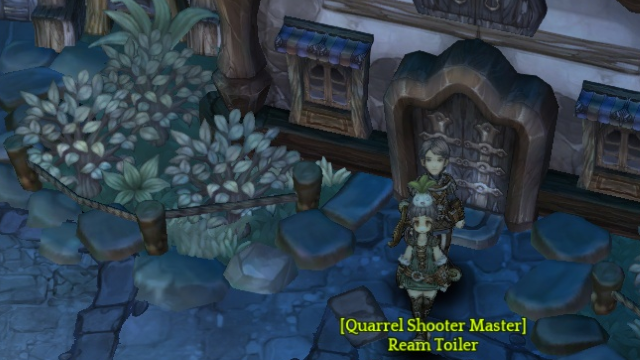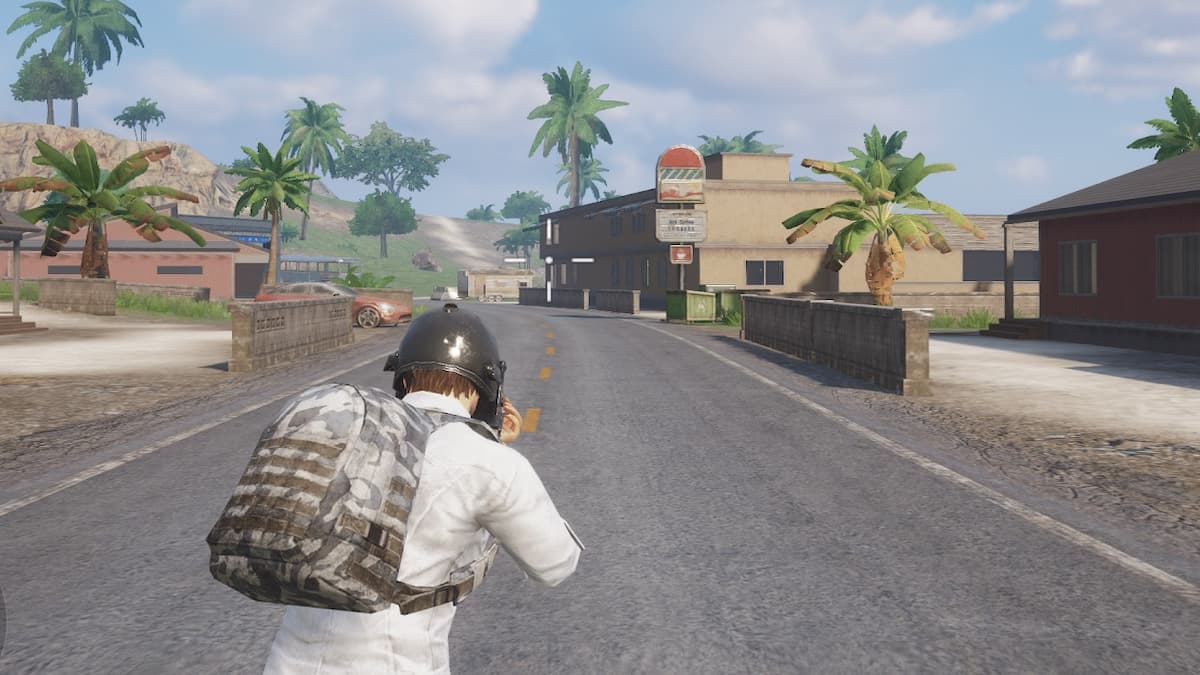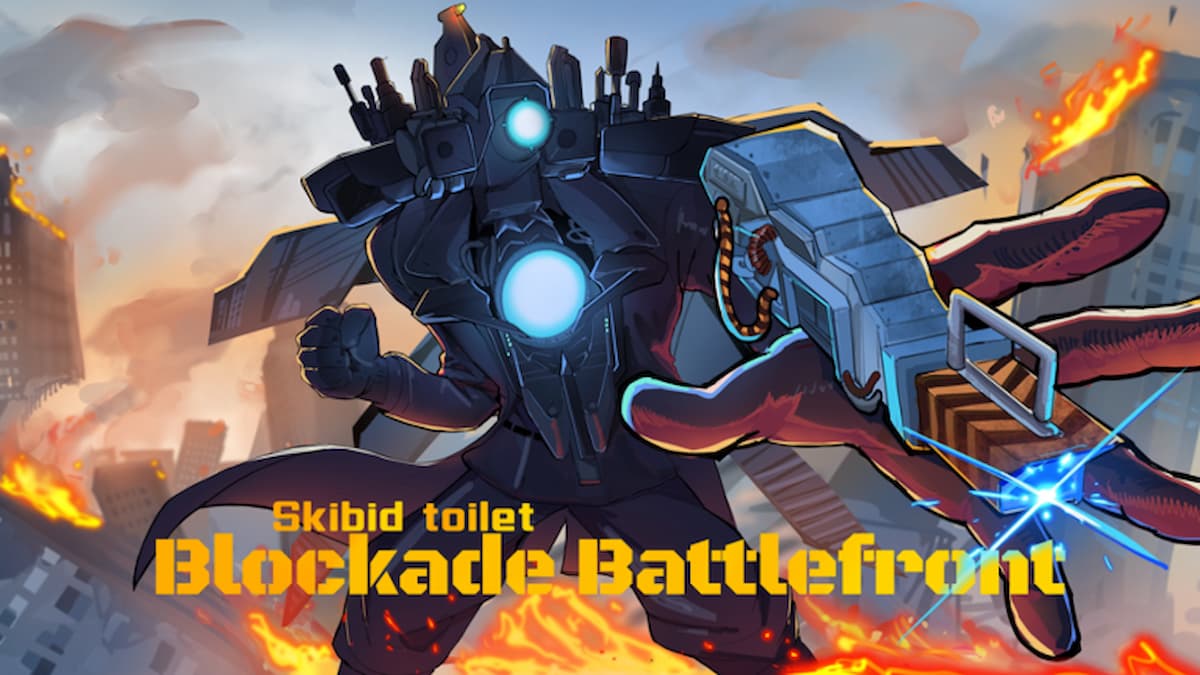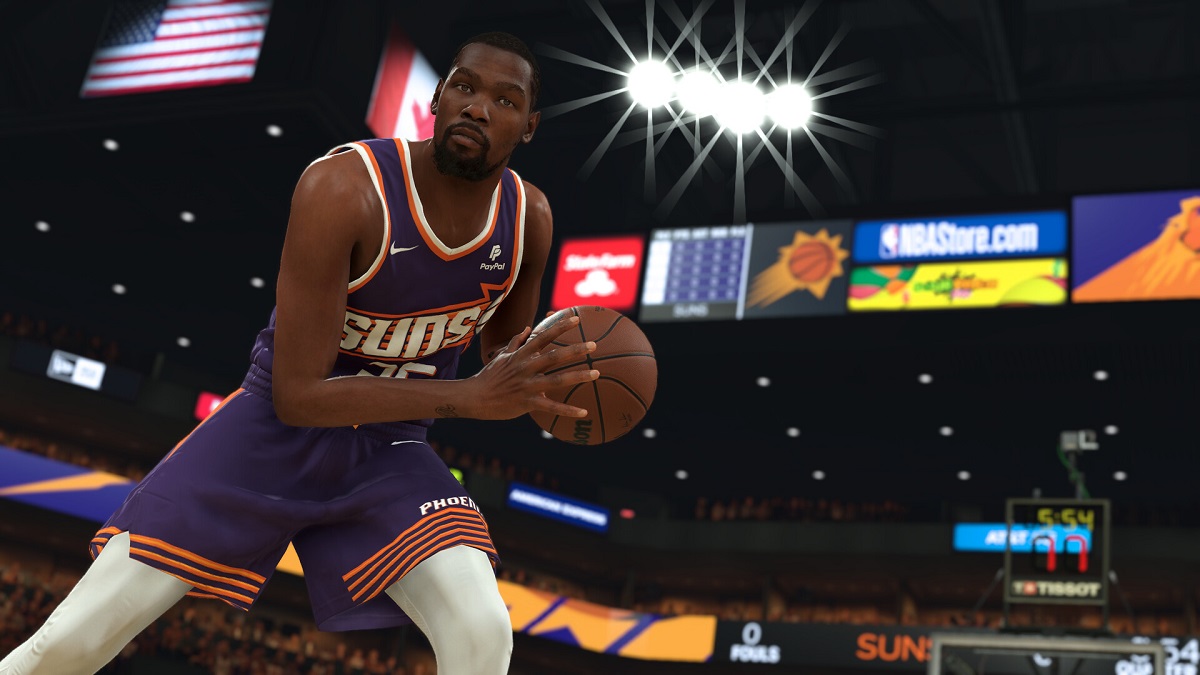Tree of Savior‘s class system is an overwhelming mountain to new players, if my friends’ confusion and the waves of questions in-game are anything to go by. It’s easy enough to say the class system is simple, but even experienced players put considerable effort into their class, skill, and stat choices. It’s really not an easy system to figure out and use effectively.
First let’s touch on how you choose an advancement the first time.
How to change your class
You have two separate levels: Your character level and your class level. Your character level affects your stat points while your class level affects your skill points as well as your class advancements.
You can advance your class once you hit class level 15. New characters will hit class level 15 at around the same time (usually a little after) they hit character level 15.
Once you hit class level 15 you will be given a prompt on the right side of your UI that says ‘Advancement’ which will let you choose which class you’re going to advance to.

Note: Once you choose the class you are advancing to you can not change your mind, even if you haven’t finished the advancement quest. Choose carefully.
Starting your advancement will give you a class-specific quest. Once you’ve finished this quest you will change into the class you chose. This is the same way you advance throughout the game, though the quests get more difficult the higher Rank you are.
Bouncing between classes
Essentially you build your character in Tree of Savior by mix and matching classes within your primary job. You can use any skills you’ve put points into no matter your character’s current class.
For example you’ll start as a Swordsman, then can choose to go with Swordsman again (for more skills and more points to put toward Swordsman-exclusive skills) or can go with Highlander or Peltasta and still have the Swordsman skills you put points into to use.
You get 15 skill points per Circle in each class and these skill points cannot be used on skills for other classes–meaning you need to use your points carefully. Currently you can only reach Rank 7 in classes, meaning 7 total classes chosen for one character.
Circles
“Circle” indicates how many times you’ve picked up an individual class. Each Circle brings new skills and 15 additional skill points to allocate in skills new and old alike.
 This can be kind of confusing so for example purposes we’ll stick with Swordsman.
This can be kind of confusing so for example purposes we’ll stick with Swordsman.
When you start the game as a Swordsman you start as a Swordsman Circle 1. With Swordsman Circle 1 you get the following skills to potentially put points into:
- Thrust
- Bash
- Gung Ho
- Concentrate
- Pain Barrier
You only have 15 skill points to work with, so choose carefully. You may put 5 in Thrust, 5 in Gung Ho, and 5 in Pain Barrier and call it a day. It’s up to you.
Now let’s say you go another Circle into Swordsman for Circle 2. In doing so you get access to two more skills:
- Restrain
- Pommel Beat
…and 15 more points to spread across these two new skills and the skills you got in Circle 1 (which now have higher level caps). Not only that but new attributes open up for purchase.
Now let’s say you go yet another Circle into Swordsman, for the maximum Swordsman Circle 3. In doing this you get the ability Double Slash on top of yet another 15 skill points to put toward Swordsman skills new and old, new attributes to buy, and higher skill level caps.
 Now let’s say you take Swordsman twice then Barbarian twice–then you’re at Rank 4 with your classes with Swordsman Circle 2, Barbarian Circle 2.
Now let’s say you take Swordsman twice then Barbarian twice–then you’re at Rank 4 with your classes with Swordsman Circle 2, Barbarian Circle 2.
Players will often shorten it to simply C1, C2, and C3. So in this case you’d be Swordsman C2 and Barbarian C2.
To wrap this example up a Rank 7 Swordsman’s class build may look like this:
- Swordsman C2
- Barbarian C3
- Doppelsoeldner C2
With this build the player has 30 points towards Swordsman skills, 45 points towards Barbarian skills, and 30 points towards Doppelsoeldner skills.
New classes always start at Circle 1
This is something new players seem to ask about often.
You can choose from any of the available class options when it’s time to advance, but the first time you choose a class (no matter how many Ranks you’ve pushed through) you will always start at Circle 1.
For example, an Archer who is Archer C1 and Ranger C1 can choose to go either Hunter C1, Sapper C1, Quarrel Shooter C1, Archer C2, or Ranger C2 come their Rank 3 advancement.
You can bounce between any classes that are within your Rank range, but not above. For instance Archers can choose Archer C2, Quarrel Shooter C1, or Ranger C1 at their first advancement (Rank 2), but not Sapper C1 or Hunter C1 because they are Rank 3 classes.
You can see this in action using ToSBase’s Skill Simulator but hopefully this explanation of Tree of Savior‘s class system makes things a little easier for confused new players. The game’s class system is one of its biggest merits but it takes time to not only understand it but also to make an optimal build.
(I’m working on some class overview guides and the Wizard is the first victim! Check out my Wizard overview guide with general class and skill information if you’re mulling over a wizard build).







Published: May 14, 2016 03:58 pm